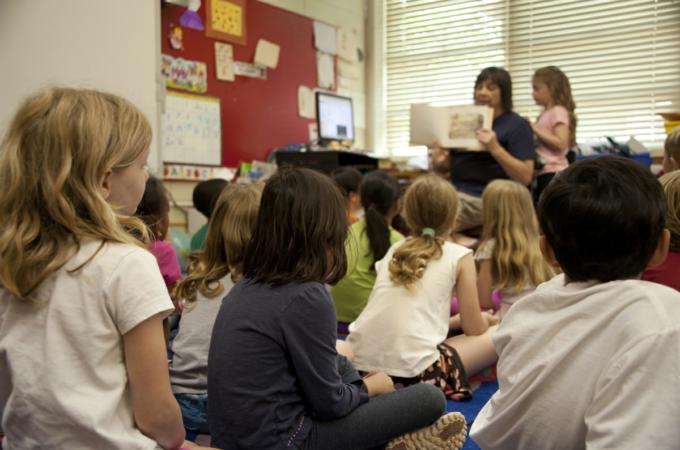Saving Catholic schools
A little over two centuries ago -- in 1810, to be precise -- a brave, devout woman named Elizabeth Ann Seton launched two tiny schools, an academy and a free school. The site was a former farmhouse in rural Maryland that also housed the first members of her newly founded American branch of the Daughters of Charity.
Virtually unnoticed at the time, that event is now regarded as the start of the parochial school system in the United States. But celebrations of this 210th anniversary, if any there be, can only be muted, not to say filled with anxiety. For the once mighty Catholic school system is now in a state of decline, with no end in sight.
The start of this pandemic-ridden school year was further darkened by the news that some 150 Catholic schools across the country had closed for good. Such closings are hardly new -- Catholic schools have been closing for years -- but this number of closings was substantially higher than usual and a troubling sign of what may lie ahead.
As to that, consider these numbers (the source is CARA -- the Center for Applied Research in the Apostolate). In 1970, there were more than 9,000 Catholic elementary schools in the U.S. enrolling some 3.4 million students; last year, there were just over 5,000 schools with 1.2 million students. The picture is the same at the secondary level: in 1970, nearly 2,000 schools with over a million students, compared with 1,200 schools and 556,000 students last year.
For a long time, the Catholic school system has been the most impressive institutional achievement of American Catholicism. And now? The loss of schools and students reflected in these numbers is tragic in many respects, but especially for the weakening they imply of the Church's ability to transmit the faith from one generation to the next.
Reading that, of course, some people no doubt will say: Not to worry. After all, non-school religious education takes up the slack, doesn't not?
With all due respect to the dedicated volunteers who serve as religious education teachers in thousands of parishes, there are two problems with that particular response. First, it's hard to imagine that an hour of religious instruction on Sunday morning is, on the whole, as effective a means for transmitting religious faith and values as a fulltime, five-day-a-week school staffed by committed teachers.
That aside, moreover, there's the discouraging fact that the numbers for non-school religious education itself are equally as bad as the numbers for schools. Here are some more CARA figures: 4.3 million primary school-age children and 1.3 million secondary school-age children in parish religious education in 1970, as against 2.2 million primary school children and 527,000 secondary school children in 2019.
Many factors have combined to produce the present situation. They include a declining birth rate and, in the case of schools, rising costs or, in many places, simply the lack of a Catholic school. Face it, too, part of the blame rests with weakened commitment to the faith among nominally Catholic parents who could afford to send their children to Catholic schools but see no particular reason either to do that or to send the kids to religious education, or to provide serious religious formation at home.
There are no easy answers here, but for starters let's set aside the prevailing laissez-faire acceptance of the decline and disappearance of Catholic schools and launch a serious effort at the national level to explore possible responses. Meanwhile: St. Elizabeth Seton, pray for us and the children.
- Russell Shaw is the author of more than twenty books. He is a consultor of the Pontifical Council for Social Communications and served as communications director for the U.S. Bishops.



















